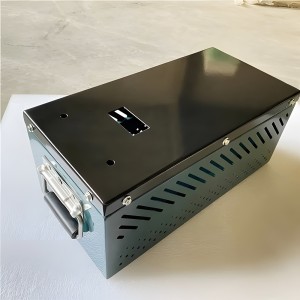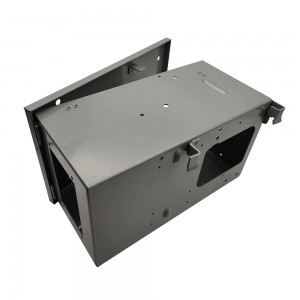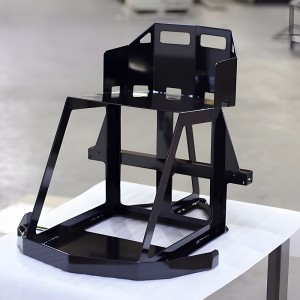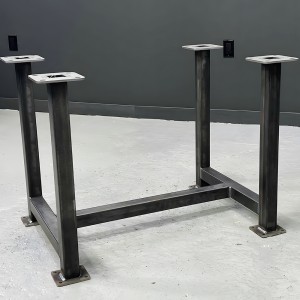Sheet metal fabrication is a critical process in manufacturing, especially when it comes to creating metal casing boxes for a variety of applications. Understanding the basics of sheet metal fabrication is crucial for anyone in the industry. Whether you are a professional manufacturer or interested in learning more about the field, understanding the basics can help you understand the intricacies of the process.
Industrial sheet metal fabrication involves manipulating sheet metal to create a variety of products, including metal casing boxes. The process typically begins with selecting the appropriate type of metal, such as steel, aluminum, or stainless steel, based on the specific requirements of the project. Once a sheet of metal is selected, it goes through a series of manufacturing steps to transform it into the desired shape and size.
One of the key aspects of sheet metal fabrication is cutting. This involves using specialized tools such as scissors, laser cutters, or plasma cutters to precisely cut sheet metal to the required size. The accuracy of the cutting process is critical as it directly affects the quality and fit of the final product, such as a metal case box.
After the cutting process is complete, the next step in sheet metal fabrication is forming. This involves bending, folding or shaping metal sheets to achieve the desired design. Metal is worked into the desired shape using a variety of techniques, including press brakes and rollers. For metal casing boxes, molding is particularly important as it determines the structural integrity and functionality of the final product.
Once the sheet metal is cut and shaped, assembly proceeds. This involves joining different parts of sheet metal together using techniques such as welding, fastening or adhesives. The assembly process is critical to ensuring that the metal housing is strong and durable enough to withstand the demands of its intended application.
In addition to cutting, forming, and assembly, finishing is another important aspect of sheet metal manufacturing. Finishing techniques such as grinding, sanding and painting are used to improve the appearance and surface quality of metal cases. These final touches not only enhance the aesthetics of the product, but also provide protection against corrosion and wear.
Industrial sheet metal fabrication requires a high level of precision and expertise to ensure the final product meets the required specifications. Manufacturers must have a deep understanding of metal properties, manufacturing techniques and safety protocols to deliver high-quality results. Additionally, advances in technology have led to the integration of computer-aided design (CAD) and computer-aided manufacturing (CAM) systems, further improving the efficiency and accuracy of the manufacturing process.
In summary, the basics of sheet metal fabrication are essential knowledge for anyone involved in the manufacturing industry, especially when it comes to metal casing production. From cutting and forming to assembly and finishing, every step in the manufacturing process plays a vital role in creating functional and durable metal products. By understanding these basics, individuals can better understand the skills and precision required for industrial sheet metal fabrication.
Post time: Mar-25-2024







